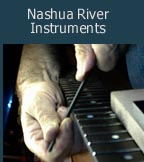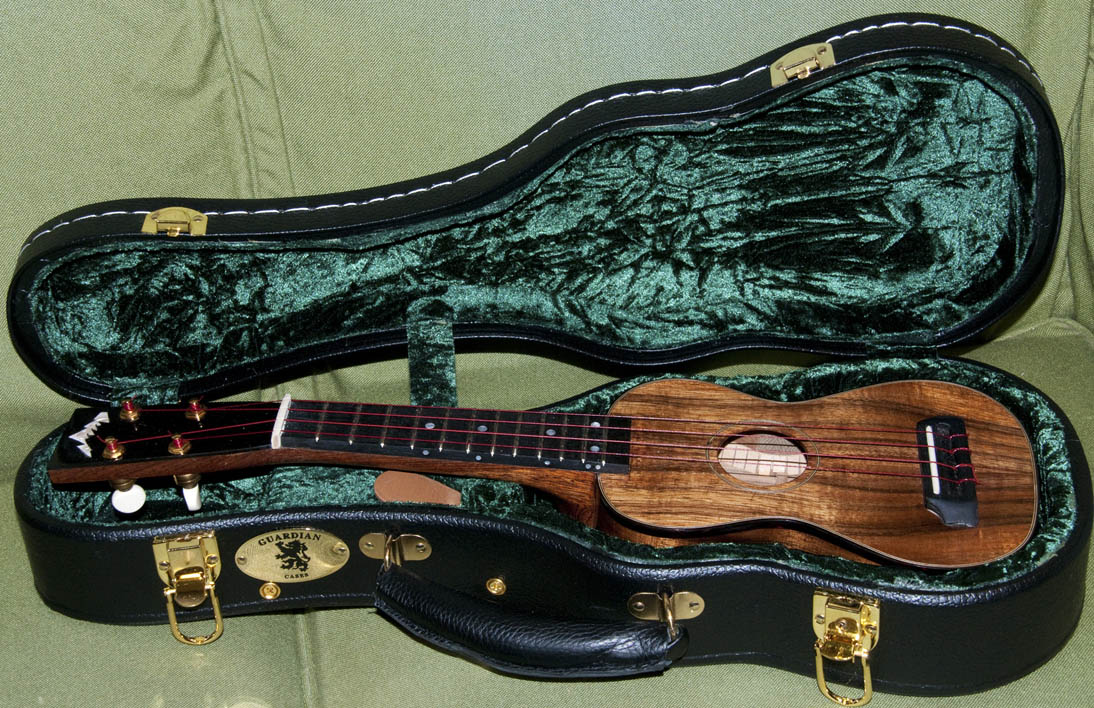|
Here is Gloria holding a soprano ukulele I built for a guy we met in Memphis in the fall of 2014. Gloria and I were on a southern adventure, towing our travel trailer down from Massachusetts to tour Nashville, Memphis, Clarkesdale Mississippi, and the Delta region.
We had set up camp for a few days in the RV park behind the Heartbreak Hotel right across the road from Graceland. An RV near us was shared by two English couples who were also exploring the American south. And as luck, or more likely the spirit of Elvis, would have it, one of these travelers was a ukulele player named Jack. Over the course of a couple of days in Elvis’s campground we swapped some uke licks and drained a beer or two.
So, long story short, Jack e-mailed me a couple of months later from his then geographic location, somewhere in France, and asked me to build him a soprano ukulele.
Over the period of the next several months we discussed wood choices and design details.
|

